In the vast culinary landscape of global foods, traditional dishes often stand as testament to the rich cultural heritage and ingenuity of various societies. One such dish, hailing from the heart of China’s diverse gastronomic tapestry, is the humble yet delightful “Yangyu Baba,” commonly known in English as Potato Cake. This dish, though simple in appearance, encapsulates a depth of flavor and texture that is both comforting and satisfying. Today, we embark on a journey to uncover the art of making Potato Cake, exploring its origins, ingredients, preparation techniques, and the cultural significance it holds.
Origins and Cultural Significance

The exact origins of Potato Cake are somewhat shrouded in history, with various regions in China claiming it as their own. However, one can safely assume that its popularity stems from the widespread cultivation and consumption of potatoes in China, particularly in colder regions where potatoes serve as a staple food source. Potato Cake, or Yangyu Baba, is not just a meal but a reflection of rural life, where simplicity and ingenuity are key. It embodies the essence of home-cooked meals, often prepared with love and care, passed down through generations.
In many parts of China, Potato Cake is associated with festivals, family gatherings, and special occasions. It serves as a symbol of unity and abundance, bringing people together over shared meals. The preparation process often involves the entire family, fostering bonds and creating memories that last a lifetime. Moreover, Potato Cake is a testament to the adaptability of Chinese cuisine, showcasing how basic ingredients can be transformed into something extraordinary through creativity and skill.
Ingredients and Preparation
Making Potato Cake is a blend of art and science, requiring careful selection of ingredients and meticulous attention to detail during preparation. Here’s a step-by-step guide to crafting this delightful dish:
-
Selecting the Potatoes: Start with fresh, firm potatoes. While any variety can be used, waxy potatoes are preferred for their ability to hold their shape during cooking. Peel the potatoes and soak them in water to remove any excess starch, which can make the final cake too dense.
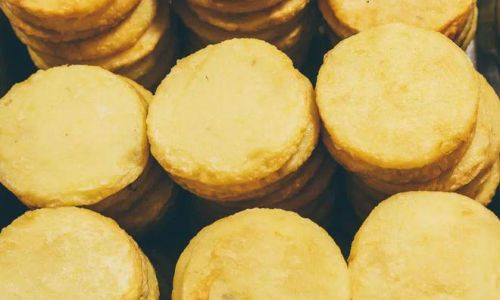
-
Boiling the Potatoes: Place the peeled potatoes in a large pot of boiling water and cook until tender. Drain the potatoes well and let them cool slightly. Once cool enough to handle, mash them thoroughly until smooth. This step is crucial as it forms the base of the cake.
-
Adding Flavor: To the mashed potatoes, add salt, pepper, and a pinch of garlic powder or finely chopped garlic for extra flavor. You can also incorporate finely chopped herbs like parsley or chives for a burst of freshness. Mix well until all the ingredients are evenly distributed.
-
Forming the Cake: Transfer the potato mixture onto a lightly floured surface. Using your hands or a rolling pin, shape the mixture into a flat, circular cake about half an inch thick. Be gentle while shaping to avoid tearing the mixture.
-
Frying the Cake: Heat a generous amount of oil in a skillet over medium heat. Carefully place the potato cake into the skillet and cook until golden brown on both sides, about 3-4 minutes per side. The key to a crispy exterior and fluffy interior is maintaining a consistent temperature and not overcrowding the skillet.
-
Serving: Once cooked, remove the Potato Cake from the skillet and let it drain on paper towels to remove any excess oil. Serve hot, accompanied by a dipping sauce of your choice, such as soy sauce, chili sauce, or a simple mixture of vinegar, soy sauce, and sesame oil.
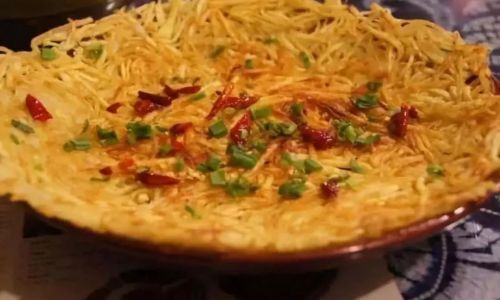
Creative Variations
The beauty of Potato Cake lies in its versatility. Depending on personal preference and regional variations, numerous ingredients can be incorporated to elevate this dish. For instance, adding shredded cheese or chopped green onions to the potato mixture can create a fusion of flavors. Some recipes call for incorporating flour or cornstarch to make the cake lighter and fluffier. Additionally, topping the cake with fried eggs or slices of bacon can transform it into a hearty breakfast option.
Cultural Exchange and Modern Adaptations
In recent years, Potato Cake has crossed borders, finding a place in the hearts and kitchens of food enthusiasts worldwide. Its simplicity and deliciousness have made it a hit among international audiences, who have adapted the recipe to suit their local ingredients and tastes. From street food stalls in bustling cities to cozy home kitchens, Potato Cake continues to charm with its timeless appeal.
Moreover, with the rise of social media and food blogging, recipes for Potato Cake have been shared and modified countless times, giving birth to new variations and interpretations. This cultural exchange has not only preserved the dish’s heritage but also breathed new life into it, making it relevant and enjoyable for future generations.
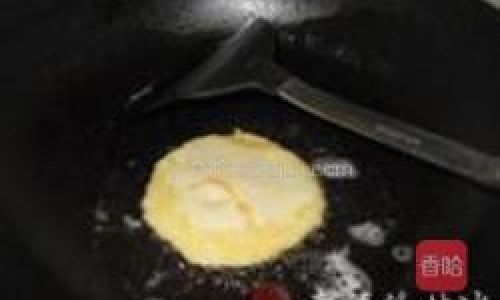
In conclusion, Potato Cake, or Yangyu Baba, is more than just a food item; it’s a cultural artifact that embodies the essence of Chinese cuisine and the warmth of family gatherings. Its preparation, though seemingly straightforward, requires a delicate balance of ingredients and technique, making it a culinary art form. As we continue to explore and appreciate the diversity of global foods, let us not forget the humble Potato Cake, a dish that has stood the test of time, connecting people through the universal language of food.
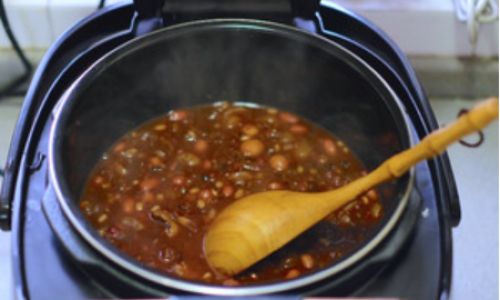
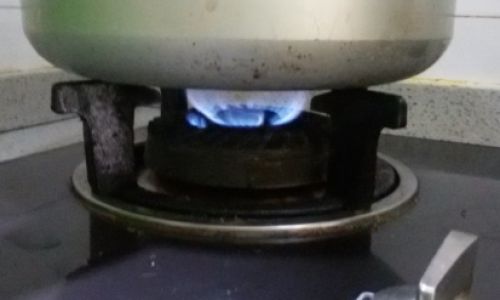
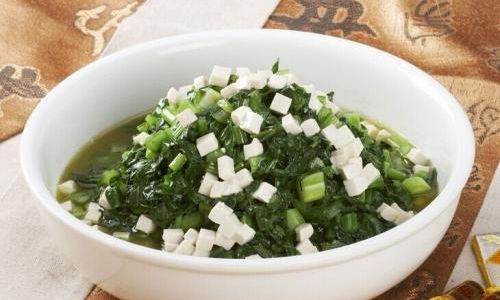
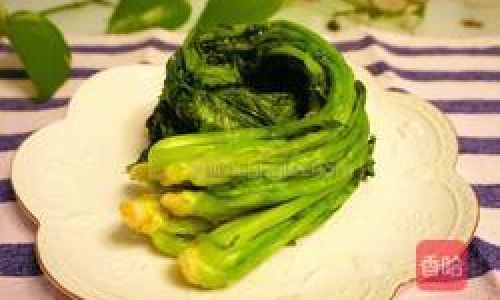
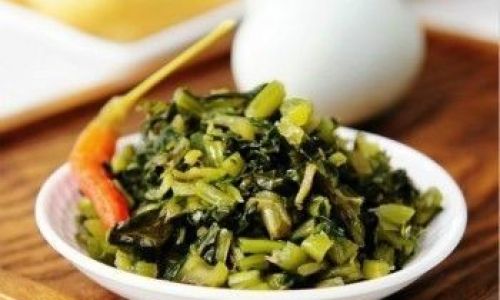
0 comments